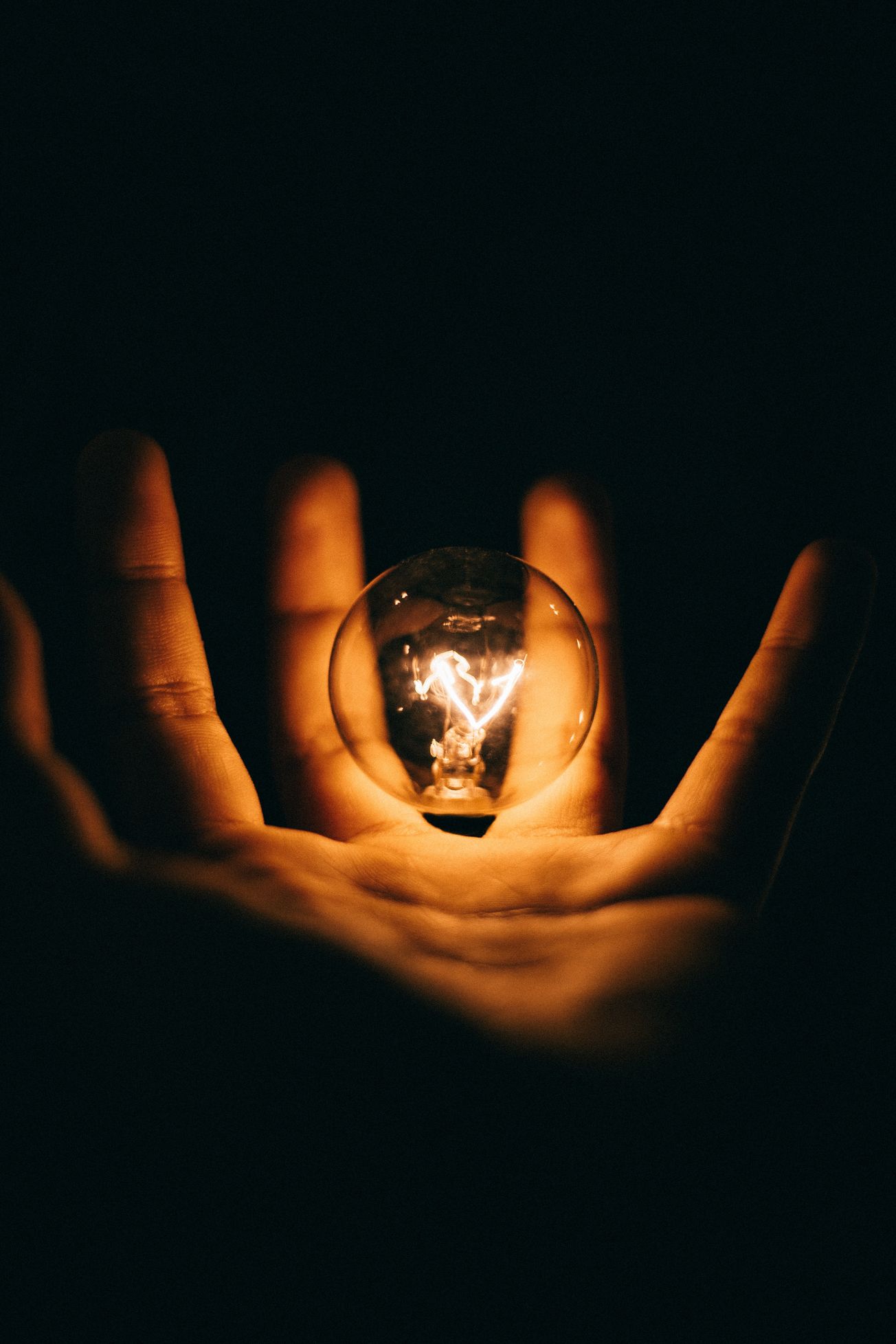By Harriet Gallegos, MRes Biochemistry
Energy-saving light bulbs may have a bigger impact than you might think.
In an ideal world, we’d all be reducing our carbon emissions, living greener lives and looking after our precious planet. However, problems with renewables such as the huge financial outlay and the limited electricity generation capacity mean we are still much further from this goal than we would like. But could shrinking our carbon footprint be as easy as the flick of a switch?

fsse8info/ Flickr
The media often lead us to believe that a shift to renewable energy is the primary promise in cutting those carbon emissions that are overheating the planet. And whilst renewable energy supplies provide a glamorous alternative that has massively helped the UK in meeting ambitions to decarbonise, an energy underdog has been found to be playing an equally big role.
Energy efficiency refers to the intention to reduce the amount of energy required to perform an action, like switching on a light or opening a fridge door. This is achieved through, for example, the installation of low-energy LED light bulbs or new energy smart refrigerator models. Making these menial activities more efficient in a singular household may seem like just a trivial step in the right direction, but if you think about the millions of people who open a fridge everyday, and often numerous times during those ‘what do I fancy for breakfast this morning’ moments, these efforts can make a significant dent in collective energy demand.
A report on Carbon Brief, the environmental analysis website, states that the use of renewables reduced fossil fuel energy by the equivalent of 95 terawatt hours between 2005 and now. Our underdog, energy efficiency, however has contributed to cutting energy demand by 103 terawatt hours, winning the race in the carbon-cutting contest. The huge advances in energy efficiency are often overlooked because they are made without the public having to make any restrictions on their lifestyle choices – they offer a silent solution.
Low-energy light bulbs can cut household electricity use by a massive 90% annually; whilst installing the latest models of fridges, freezers and washing machines can use up to 75% less electricity each year than older versions. Thus, despite ceaseless technological advances and the constant installation of new fancy gadgets, PlayStations, virtual assistants and televisions for the household, electricity generation per person in the UK has actually reduced in recent years back down to the same levels as 1984. Stepping forward in the race against carbon has allowed us to step backwards in time.
Although replacing old appliances with the latest models may seem out of budget for many people, especially as students, using less energy will actually reduce those dreaded household bills so in the long-run money will be saved. True to this simply switching to LED light bulbs could save more than £15 a month, based on an average of 10 bulbs per household switched on for an average of 8 hours a day.
So could the savviest purchase you make this year be a box of new light bulbs? With the benefit of saving enormous amounts of money and ceaseless emissions of CO2, it just might be. There are plenty of appliances consuming unnecessary energy supplies that could be replaced, but ditching those old bulbs is a great place to start. So let energy efficiency shine, change to LEDs and help switch off your carbon footprint.
Featured Image:Rohan Makhecha/ Unsplash
Are you going to make the switch? Let us know!









